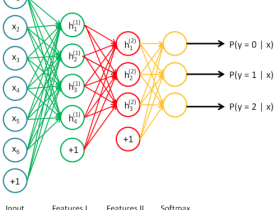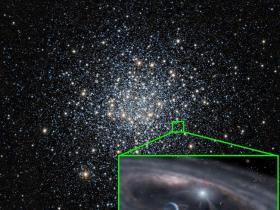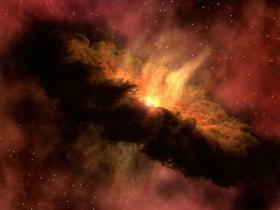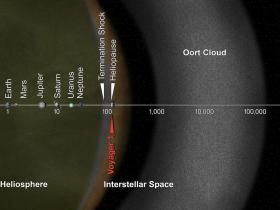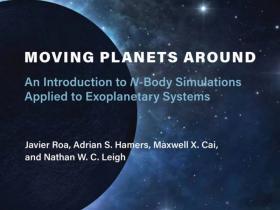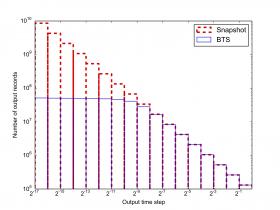Projects
Deep Learning for Physics and Physics for Deep LearningThe research projects on using deep learning in astronomy, i.e., to carry out fully automatic parameter-space numerical study, and to find signal patterns in observational data |
|
Planetary systems in star clustersNature seems to prefer clustering: most stars and planets are formed in star clusters. Will the birth environments of exoplanets affect their present-day properties and orbital architecture? This study aims to answer this question. |
|
Constraining the birth environment of planetary systemsStudying the birth environments of our own Solar System and other planetary systems. Can we say something about their birth environment based on their present-day properties? |
|
The formation of the Oort cloud through stellar flybysStellar encounters may play an important role in scattering minor objects into the Oort Cloud.
|
|
Moving Planets AroundN-body simulations is an important research approach in modern astrophysics. Notably, Many students start their careers in this field by using N-body codes as black boxes. |
|
Migration of Near-Earth Objects through planetary scatteringBeing able to predict the impact of near-Earth objects (NEOs) is important to the human civilization. |
|
Simulation Monitor (SiMon)Have you ever faced a situation that you have so many simulations to run, and at some point you forget which one is finished and which one is not? |
|
High-performance Low Redundancy Storage System for Simulation DataSo, you are working in computational astrophysics and running a lot of simulations is part of your life. |
